Future of Low Voltage Cables: Emerging Manufacturing Technologies and New Materials
 Apr 28,2022
Apr 28,2022

 Red Banner Electrician
Red Banner Electrician
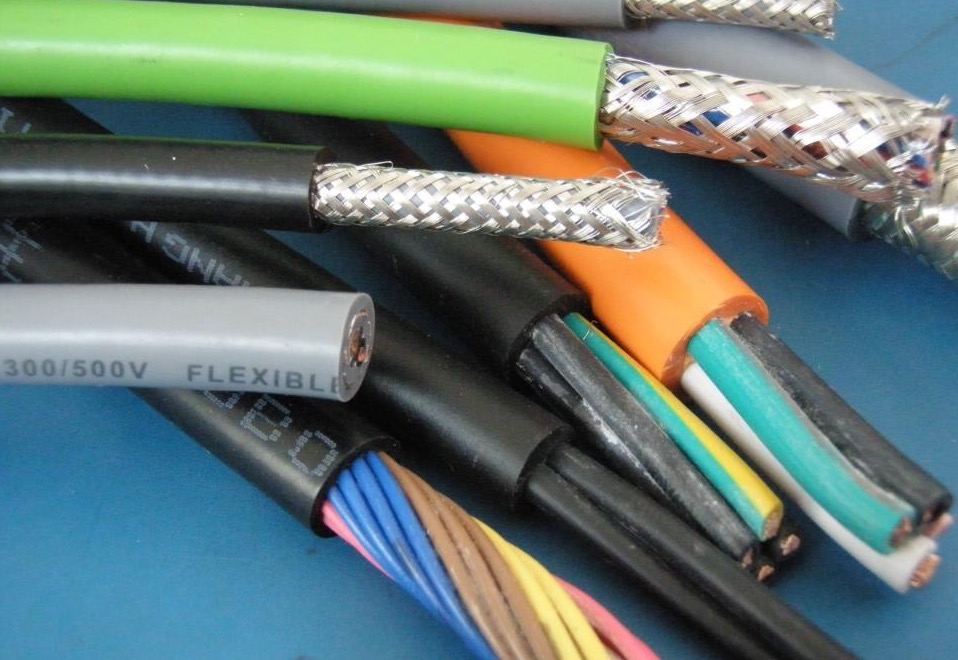
Low voltage cables play a crucial role in various applications, leading to a relatively high leakage rate. They are extensively utilized in daily life, powering household appliances and street lighting facilities. Consequently, low voltage cables are encountered frequently, making them an integral part of our daily lives.
To understand the low voltage cable industry chain, we can examine its upstream and downstream components. The upstream segment primarily focuses on the supply of raw materials required for manufacturing low voltage cables. These cables typically consist of a structure comprising a conductor, insulation, and sheath. Copper, aluminum, or copper-aluminum alloy are commonly used for the conductor, while plastic, rubber, and elastomer materials are employed for insulation and non-metallic sheathing.
Low voltage cables find broad applications in power transmission and communication, and their importance continues to grow with the emergence of new technologies. To keep up with these advancements, it is crucial to explore emerging manufacturing technologies and new materials.
Emerging Manufacturing Technologies for Low Voltage Cables:
- Superconducting Low Voltage Cables: Advantages, Limitations, and Potential
- Fiber Optic Low Voltage Cables: Applications and Potential Benefits
- Nanotechnology in Low Voltage Cables: Potential for Improved Performance
- Wireless Low Voltage Cables: Enhancing Flexibility and Ease of Installation
Progress in Low Voltage Cable Materials:
- High-Temperature Superconducting Materials: High Performance Capabilities
- New Insulating Materials: Durability and Flexibility Enhancement
- Biodegradable Materials: Promoting Sustainability
- Graphene and Carbon Nanotubes: Enhancing Conductivity and Strength
Technologies for Enhancing the Performance of Low Voltage Cables:
- Active Cooling Systems: Enhancing Performance and Reliability
- Fault Detection and Diagnostic Systems: Improving Safety and Efficiency
- Automation and Robotics for Cable Installation and Maintenance: Reducing Labor Costs and Enhancing Accuracy.


 HOME
HOME Advantages of Flame Retardant Cables: Ensuring Safety
Advantages of Flame Retardant Cables: Ensuring Safety  You May Also Like
You May Also Like
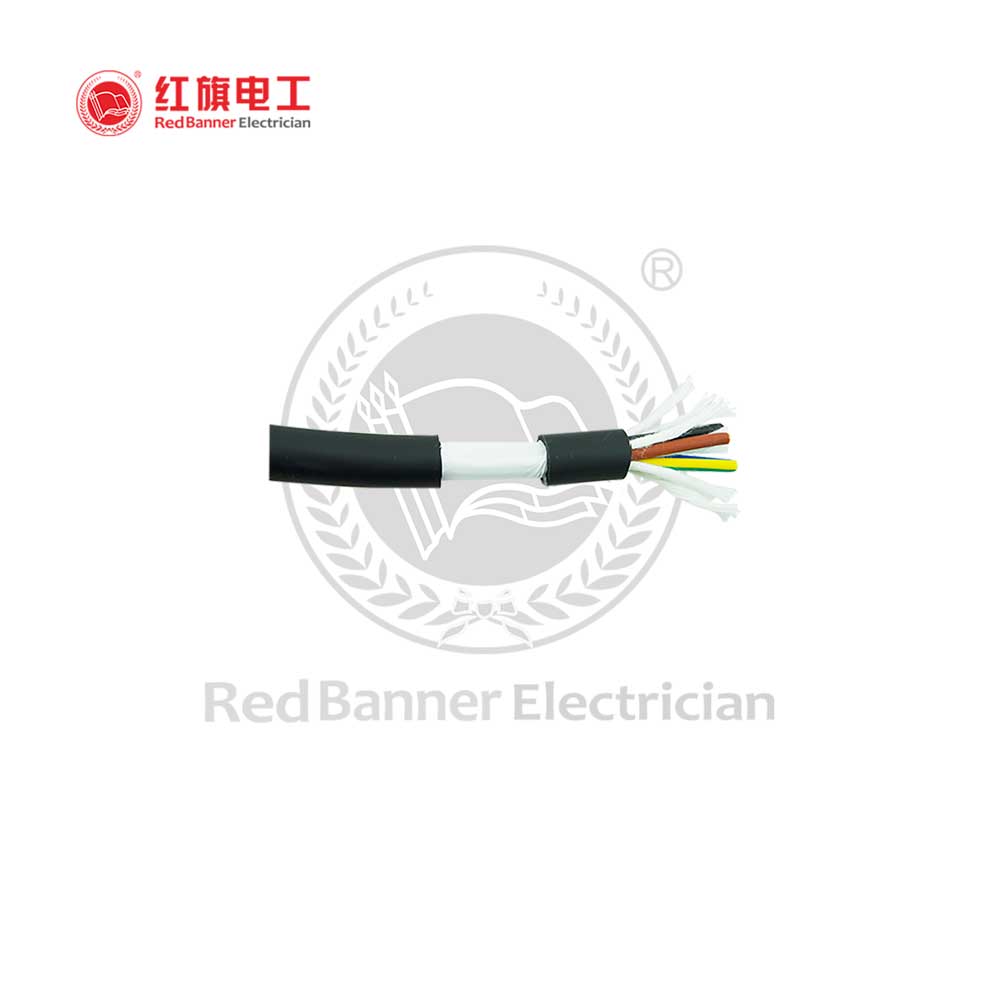



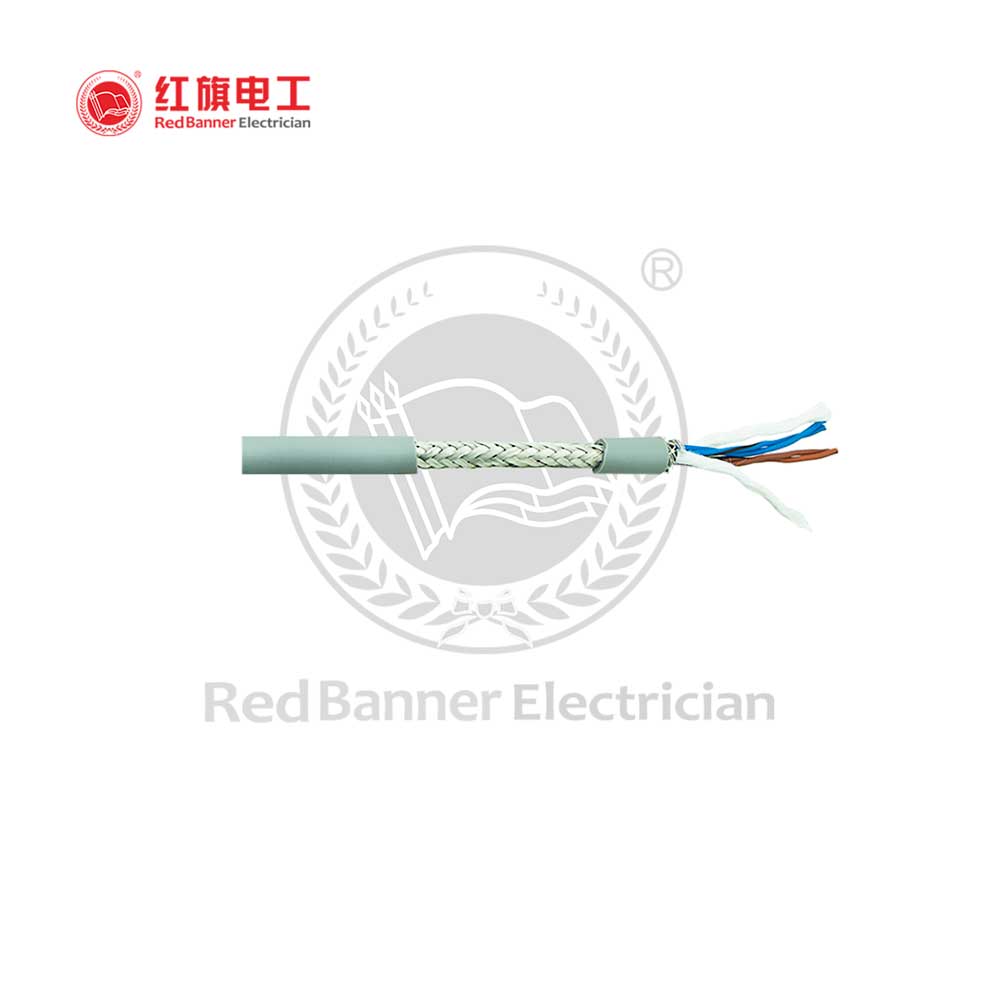

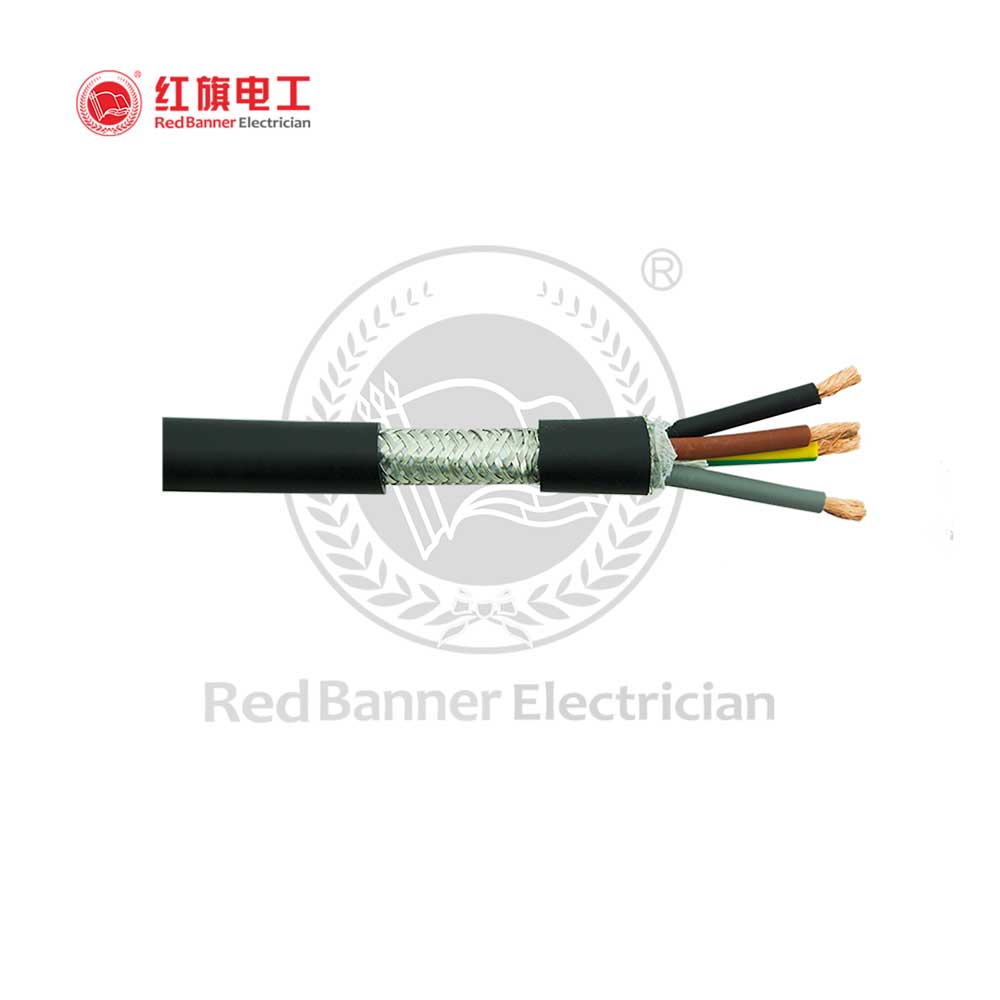

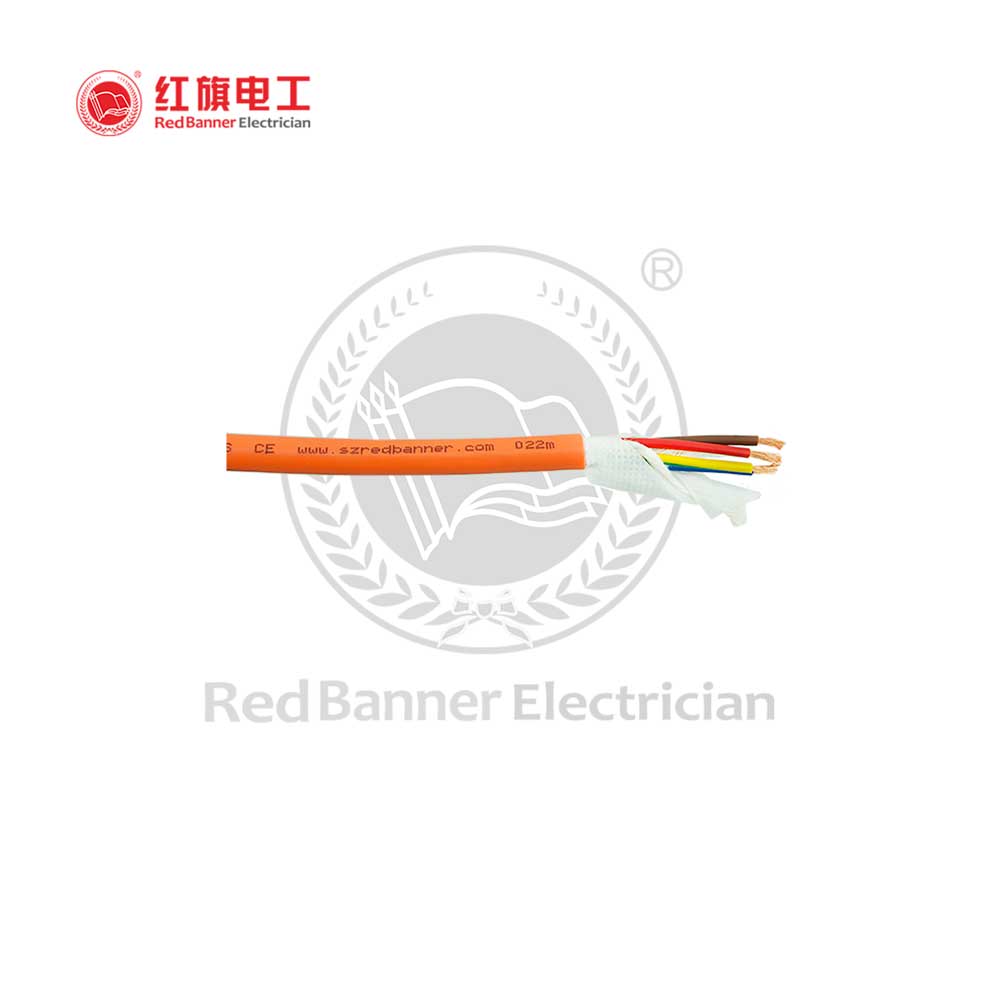

 Tel
Tel
 Email
Email
 Address
Address









